Kirtipur - The Cultural Gem of Nepal
Kirtipur city is designed in the traditional Newari style, each cluster is a "neighbourhood" focused around tole called an open area.
Kirtipur city is designed in the traditional Newari style, each cluster is a "neighbourhood" focused around tole called an open area.
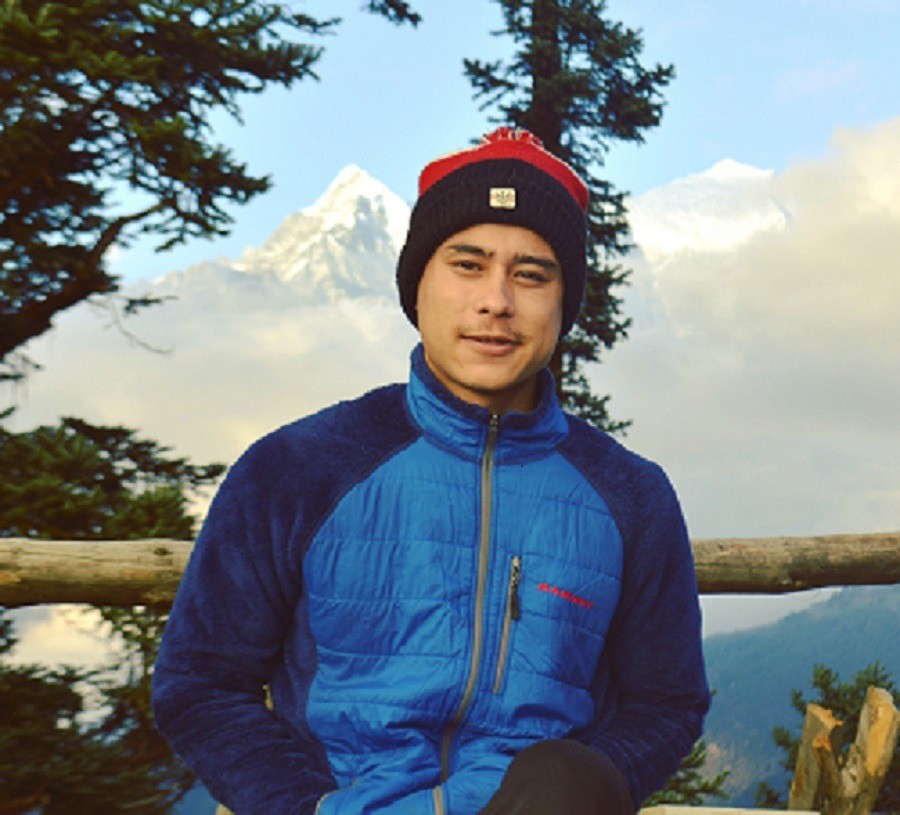
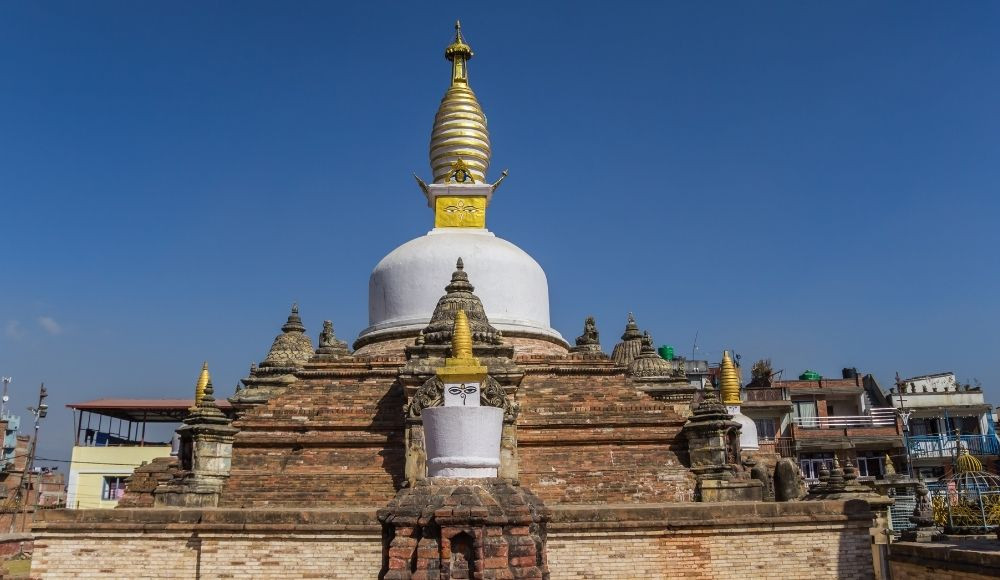
Kirtipur is an ancient city with ancient essence, wealthy culture, and hospitality, amazing views of countryside and landmarks, which lies in the outskirts of Kathmandu Valley. Located atop the hill, Kirtipur offers the landscape view of the city, and the mountain peaks.
Kirtipur lies 10.3 km away from Kathmandu. It is one of the oldest human settlements in the Kathmandu Valley. The English translation of Kirtipur is “a famed town”. It is also popular as “kipoo” and “kyapu” in the Newari dialect. Kirtipur was also classified as a tentative UNESCO site in 2008. During the medieval times in 1099, Kirtipur was a part of Lalitpur.
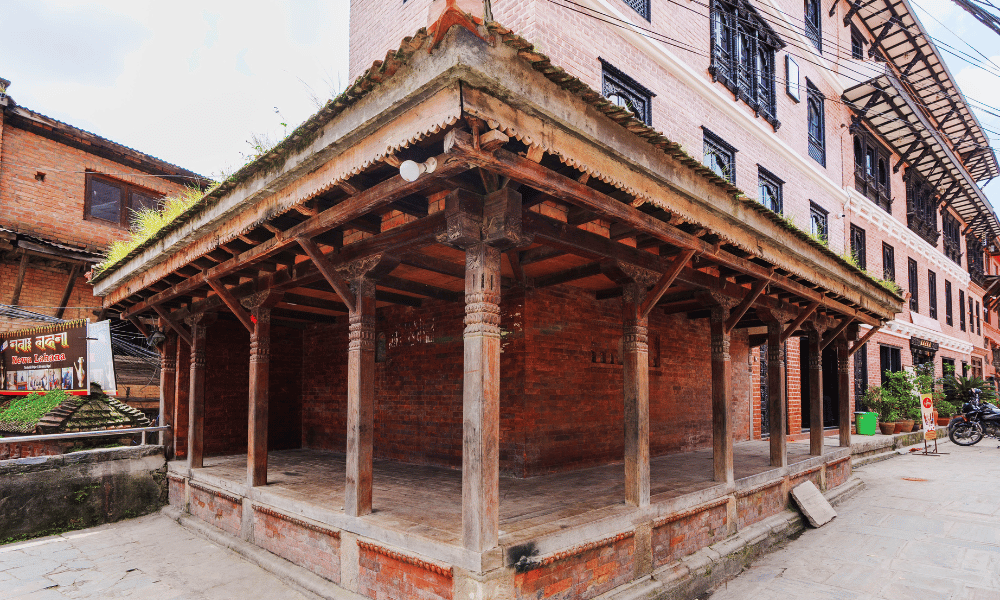
In 1767, Prithivi Narayan Shah conquered Kirtipur and made it a part of his kingdom. In the first attack, the Gorkhali army lost their commander Kalu Pandey, and in the second attack Surpratap (Prithivi Narayan Shah brother) loss his eyes by an arrow. Further, Prithvi Narayan Shah took over Kirtipur in the end.
Janai Purnima is a festival of all Hindus. Bhraman and Chhetri community individuals change their "Janai" (thread) on this day. Likewise, individuals from other groups wear a sacred thread across their chest. Newars follow another tradition where they feed frogs on this day. People offer food to frogs like “rice” and “kwati”.
On this day, places like the Kumbeshwor in Patan, Gosaikunda in Langtang, and Charikot in Dolakha Shamas from the valley, and around Nepal gather to perform their rites and rituals. People gather at Shiva temples in Kumbeshwar, Bangala Mukhi, for the celebration of Janai Purnima. On the holy banks of the river, this full moon day sees a large number of Brahmins. They also take ritual dips in the water.
Indrayani Jatra is celebrated in the month of Magh (November/ December) every year. Join the local community as they decorate a chariot and offer blessings in the morning. During these festivals, the people of surrounding villages participate. The three-day-long festival takes place around the two Shrines of Indrayani, one in the middle of the city, and outside the ancient city. The first day will see a procession of musical bands carrying the picture of the goddess to the second shrine held in the middle of the city. It was kept there for two days to pay homage to faithful devotees. The goddess was brought back to the shrines on the third day, accompanied by Ganesh’s palanquin, the god of good fortune. The Indrayani Jatra is also one of the biggest festivals in Kirtipur.
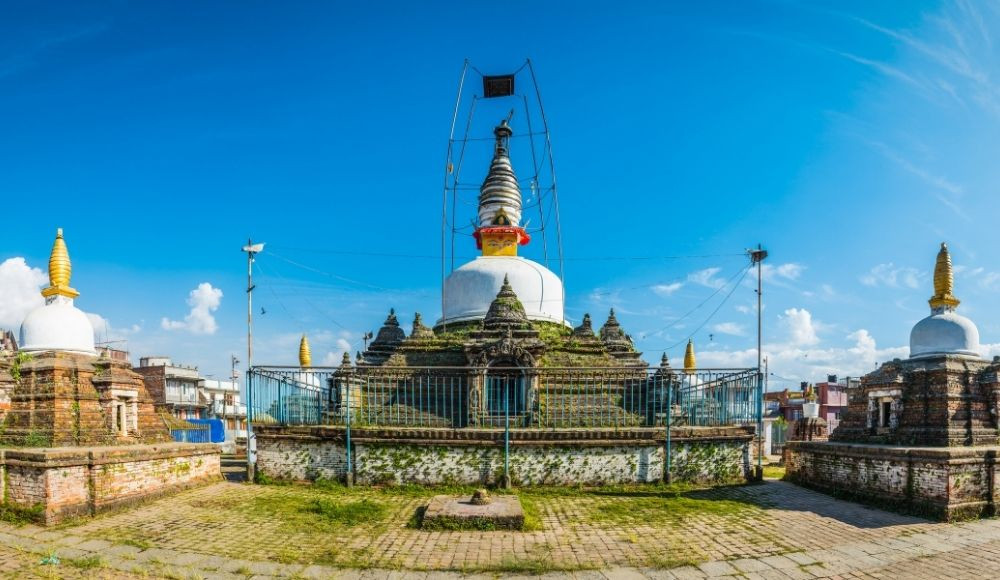
Bagh Bhairav Jatra falls on the first day of the month of Bhadra (August / September). Bagh Bhairav is an angry tiger who is the guardian of Kirtipur. It starts in full swing with a picture of Bagh Bhairav which travels through the streets with traditional bands/ bajas and dancers following the picture. The devotees singing bhajans and kirtans, particularly composed for the festival also follow the picture. The procession winds through the streets along the boundaries of Kirtipur's ancient principality.
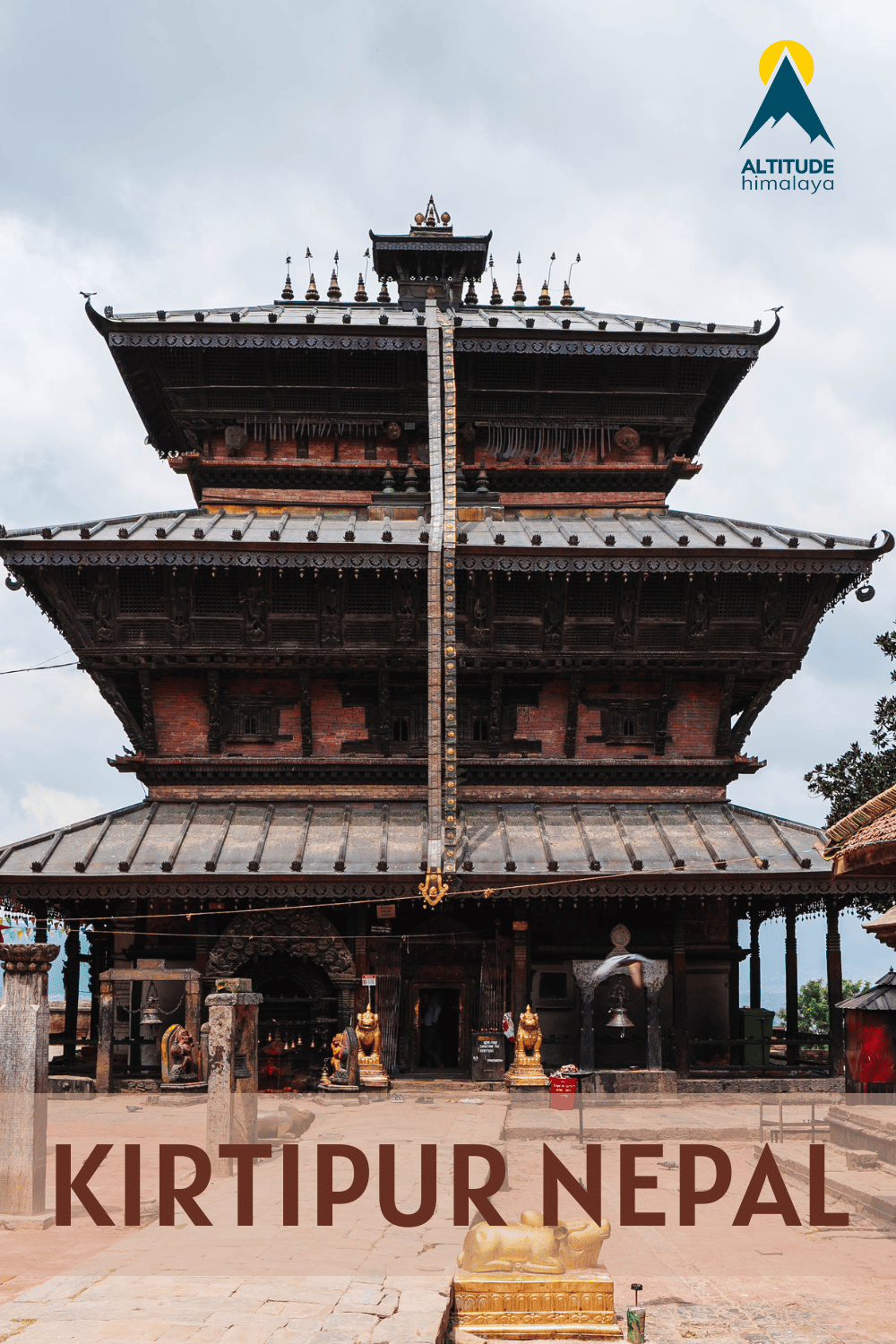
Among Kirtipur inhabitants, there is also a myth that if you make 108 times round of the Bagh Bhairav Temple the god will reward you with success and good health. So people gather at Temple of Bagh Bhairav to walk 108 times around the temple. There are different legends about the beginning of the Bagh Bhairav festival. The temple was built in ancient times, during the reign of Licchavi King, Shiva Dev. There are not any inscriptions that give a definite answer to the historical details of the temple and the festivals.
Kirtipur is the popular cultural city of Nepal. It boasts the cultural attractions associated with the lifestyle of Newars since ancient times. The traditions and culture of Kirtipur are mind-blowing and offers a wonderful city tour. The shirines, squares, lifestyle and culture and natural beauty around Kirtipur attract a lot of people every year. Some of the major places in Kirtipur are enlisted here.
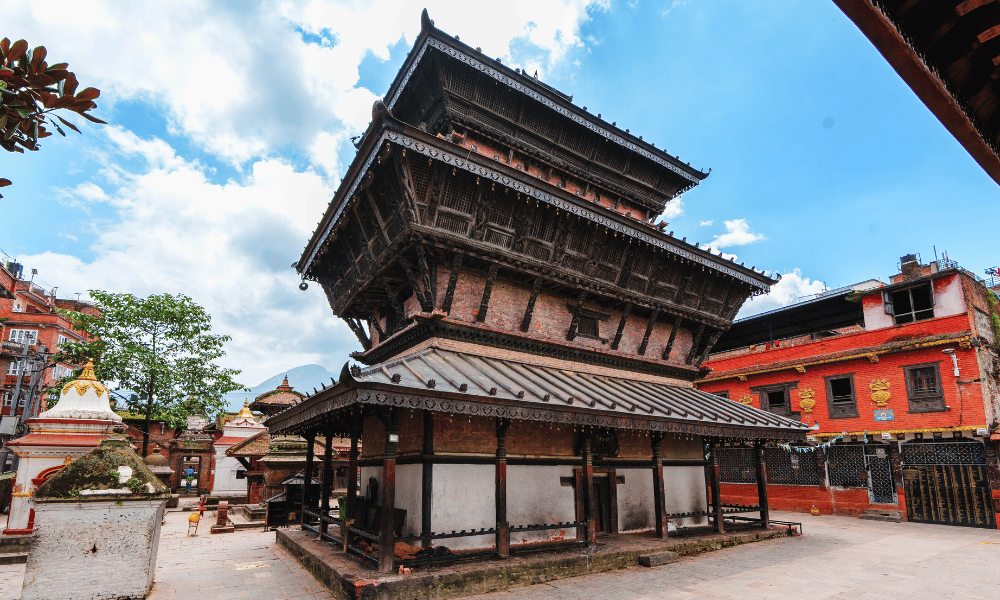
Chilanchu Vihara was built in 1515, this hilltop is crowned by the magnificent stupa. The Harmika (square tower) consisted of a dome, but it was removed after the 2015 earthquake for repair and was not restored. Surrounded by a Chaitya garden, the stupa is also facing a huge Dorje symbol. Five other generously decorated stupas surround the Chilanchu Vihara which also stands as Dhyani Buddhas.
Uma Maheshwar Temple is one of the renowned Bhavani Shankar shrines in Kirtipur, established in 1663 with four roofs. The 1934 earthquake took one of the roofs away. The 1418 m elevated Temple provides a wonderful panoramic view of the valley of Kathmandu and the Northern Himalayan range. The major peaks seen from the temple are Ganesh Himal, Gauri Shankar, Langtang, and Cho Oyu. This temple also contains a British bell which is from Croydon.
Lohan Dehar is a Hindu Temple in Kirtipur. If you take right from the main square, depart the square southwest corner where you get the Lohan Dehar stone of the 16th century. The main programs coordinated in this place are colourful religious ceremonies and low-key blessings.
Main Square embraces the Kirtipur Royal Family’s former houses, many showing signs of earthquake damage. This square is now a famous local hangout. There is a big tank, in the centre, guarded by lions and griffons and also a whitewashed Narayan Temple.
One of Buddhism's holiest places is in Lumbini where Gautam Buddha was born and Bodhgaya is the place where the Buddha was enlightened. The third place is Sarnath where the Buddha preached for the very first time and Kushinagar, where the Buddha passed to the Parinirvana state, which is the final holy place in Buddhism. The shrine and pagoda in the monastery are decorated with different types of Nepali art in addition to the replicas of these holy places. The shrine and pagoda were added to the monastery and were able to be built using money received from Thai Buddhists as a charity. The Buddhist from Thailand formally opened the monastery in 1995.
Khokhana is a beautiful village situated nearby Kirtipur. Mainly popular for sightseeing and pristine cultural spectrums, Khokhana offers amazing hospitality and a mind-blowing ambience. This village is also popular for the production of rich mustard since ancient times. Some of the major Jatra of Khokhana village are Sikhali Jatra, Kartik jatra, Gai Jatra, Khayasanhu, Bhimsen puja, Paha- charhey, sithi nakha etc. The rich cultural village of Nepal, Khokhana's traditions and culture attract a lot of people every year. Explore the lifestyle, norms and values and beauty of the village lifestyle close to the capital- Kathmandu.
The suspension bridge in Kirtipur is one of the secret places. Very few know about the suspension bridge in Kirtipur. Situated in the Tinthana/ Chandragrir, this place provides great scenery and mind-blowing views. Discover nature and other activities around. You will get to explore the most beautiful things in Kirtipur.